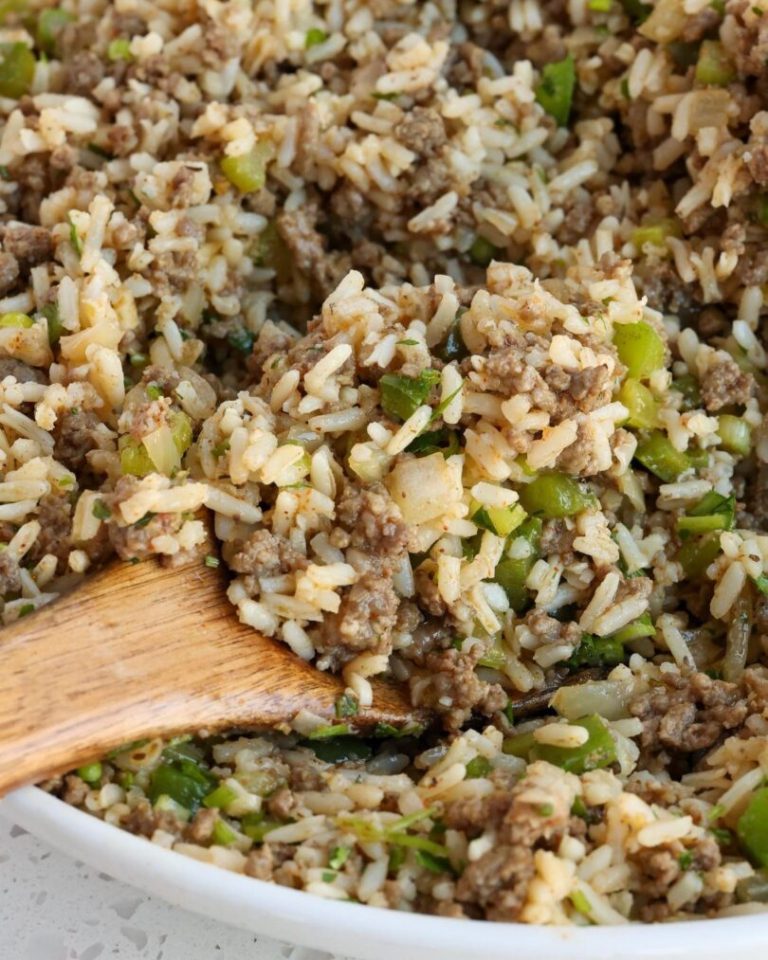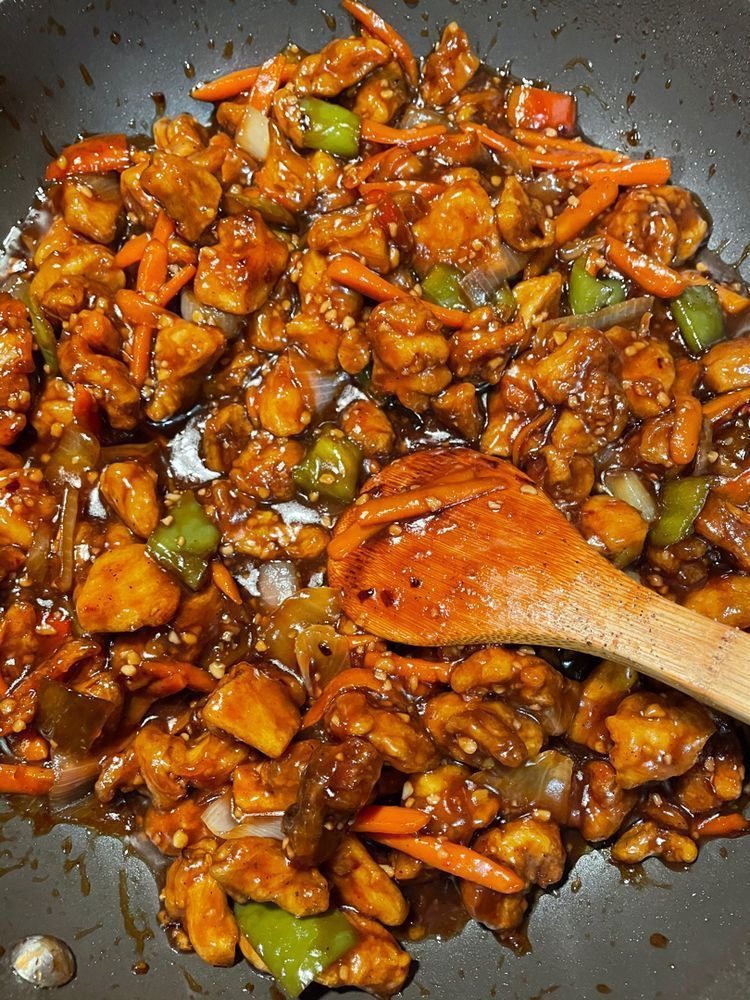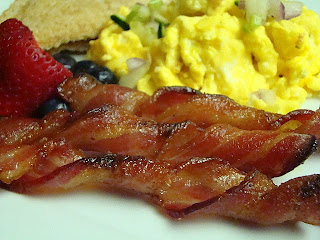Greek Baklava

A Sweet Slice of Home: Greek Baklava and Family Gatherings
Picture this: it’s a chilly Sunday afternoon, golden sunlight pouring through the kitchen window, and the house is filled with the buttery, nutty aroma of something wonderful baking in the oven. That’s exactly how I first fell in love with Greek Baklava—one of those classic Mediterranean desserts that feels as much about tradition as it does about taste. My grandma used to make tray after tray of homemade baklava, her kitchen table always scattered with phyllo sheets, bowls of chopped walnuts, and a honey syrup bubbling away on the stove. Even now, every bite instantly brings me back to those warm, laughter-filled afternoons.
If you’ve been searching for a delicious, easy Greek dessert or a show-stopping homemade baklava recipe, you’ve come to the right place. Together, let’s make a tray of crackly, syrup-drenched goodness—with plenty of love and (maybe) some finger-licking along the way.
Why You’ll Adore This Greek Baklava
Honestly, this isn’t just another over-the-top dessert—it’s a whole experience. Here’s why Greek Baklava deserves a spot in your kitchen (and your heart):
- Delicate Crunch Meets Gooey Perfection: Nothing compares to the blissful combo of crispy phyllo dough and sticky honey syrup. The sound of that first bite? Totally swoon-worthy!
- Surprisingly Simple, Always Impressive: It might look (and taste) bakery-worthy, but homemade baklava is so much easier than you think. Friends and family will think you’re a pastry genius.
- Just Sweet Enough: Thanks to the balance of nuts, cinnamon, and honey, baklava is rich without ever feeling too heavy or cloying.
- Timeless Comfort: Whether it’s the holidays, a special gathering, or just a day when you need a pick-me-up, nothing brings people together quite like this classic dessert.
Ingredients You’ll Need for Greek Baklava
Gather your tools and let’s get our ingredients lined up! Here’s what you’ll need to make show-stopping Greek Baklava:
- 1 package of phyllo dough (thawed overnight in the fridge for easy use—super delicate, so keep it covered with a damp towel!)
- 2 cups walnuts, finely chopped (I pulse mine in the food processor for that rustic, hearty texture. You can also combine with pistachios for extra flavor.)
- 1 cup unsalted butter, melted (Don’t skimp here—rich melted butter makes those flaky layers shine.)
- 1 teaspoon ground cinnamon (adds that signature warmth and (honestly!) makes the house smell like a holiday market.)
- 1 cup sugar (For the syrup—balances out the honey perfectly.)
- 1 cup water (Brings the syrup together.)
- 1/2 cup honey (Choose a floral or wildflower honey for the most authentic, irresistible flavor.)
- 1 teaspoon vanilla extract (A splash of cozy, aromatic goodness.)
If you have everything ready, you’re already halfway to irresistible, easy homemade baklava!
Step-by-Step Guide: Making the Perfect Greek Baklava
Don’t worry—I’ll walk you through it! Here’s how I prep my Greek baklava from scratch (with all the little tricks Grandma taught me):
Preheat your oven to 350°F (175°C).
Trust me, starting with a hot oven makes for crispier, dreamier layers.Mix up your nutty filling.
In a bowl, combine finely chopped walnuts and cinnamon. Give it a little taste—you’ll know when it’s perfect.Prepare your phyllo palace:
Lightly grease your baking pan with melted butter. Layer ten phyllo sheets, brushing each one with more melted butter (don’t rush this part—the more butter, the flakier the baklava!).Alternate layers:
Sprinkle a generous layer of your walnut mixture, add a few more buttered phyllo sheets, and keep going until you use up all the filling and dough. Make sure you finish with a phyllo layer on top.Slice it up:
Using a sharp knife, cut baklava into diamond or square shapes—the traditional choice that gives you plenty of crunchy, golden edges.Bake for 45 minutes:
You’re looking for golden brown, fragrant perfection. Your kitchen will smell like a Greek bakery!Make the syrup:
While the baklava is baking, combine sugar, water, honey, and vanilla in a saucepan. Bring to a gentle boil, stirring, then let it simmer for a minute or two.Pour it on while hot:
As soon as your baklava comes out of the oven, slowly pour the syrup over the top—listen for the glorious sizzle!Cool completely (if you can wait):
I know—it smells incredible. But cooling helps the syrup soak into every bite. Then all that’s left is to serve and savor.
My Secret Tips and Tricks for Greek Baklava Success
Over the years, a few little details have really helped me master homemade baklava and make it my own (while keeping the traditional Mediterranean dessert vibes):
Keep phyllo covered:
Seriously, phyllo dough dries out fast! Cover unused sheets with a slightly damp kitchen towel as you work.Don’t flood, just drizzle:
Pour the honey syrup slowly and evenly—if you dump it on too quickly, the top can go soggy (nobody wants that in an easy baklava recipe).Strategic slicing:
Always cut the baklava before baking. Afterward, the syrup will seal everything nicely and make serving less messy.Play with nuts:
Walnuts are classic, but pistachios, pecans, or a mix can add extra excitement (and flavor depth!) to your Mediterranean desserts.
Creative Variations and Ingredient Swaps
The best part about making Greek Baklava at home? You can truly make it your own!
- Nut swaps:
Substitute pistachios, almonds, or even pecans for the walnuts (or mix and match for a unique Mediterranean twist). - Spice it up:
Try adding a pinch of ground cardamom or cloves for a warming, aromatic boost. - Go vegan:
Use plant-based butter and maple syrup in place of honey for a vegan baklava—just as delicious! - Citrus zing:
Add a touch of orange zest to your syrup for a hint of bright Mediterranean sunshine.
How to Serve and Store Your Greek Baklava
Baklava is best served at room temperature—the syrup soaks in and the flavors really bloom. I love plating it up with strong coffee or, if you’re feeling fancy, a scoop of vanilla ice cream (the contrast: chef’s kiss!).
To store leftover baklava (if you’re lucky enough to have any):
- At room temp:
Keep covered loosely with foil on the counter for up to 3 days. - In the fridge:
Store in an airtight container for a week—just bring it to room temp before serving for max flakiness. - Freezing:
Yes, you can freeze Greek baklava! Just layer with parchment and seal tight. Defrost at room temp before indulging.
FAQs: Your Top Questions About Greek Baklava Answered
Q: Can I use pistachios instead of walnuts in my Greek Baklava?
A: Absolutely! Pistachios are a classic Mediterranean baklava alternative—use them solo or mix with walnuts for a tasty twist.
Q: Why does my phyllo dough keep tearing when making homemade baklava?
A: Phyllo is super fragile. Thaw completely, work quickly, and always cover unused sheets with a damp towel to keep them soft and flexible.
Q: Does Greek baklava need to be refrigerated?
A: Not really—baklava keeps well at room temp for a few days (just lightly covered). Any longer, pop it in the fridge in an airtight container.
Q: Can I make baklava ahead of time?
A: Yes! In fact, it often tastes even better after the syrup has fully soaked in, so making Greek baklava a day ahead is a great idea.
Q: How do I keep my baklava crispy?
A: The big secret? Don’t overdo the syrup, and don’t cover tightly with plastic wrap. Let it breathe a little for the best crunchy layers!
If you try this Greek Baklava recipe, I’d love to hear how it went. Was your kitchen filled with sweet, buttery magic? Did you sneak a warm piece before it fully cooled (guilty as charged!)? Drop a comment below or share your creation on social—because every homemade dessert tastes better when it’s shared with friends.
Happy baking, friends—and here’s to making delicious new memories, one flaky bite at a time.





